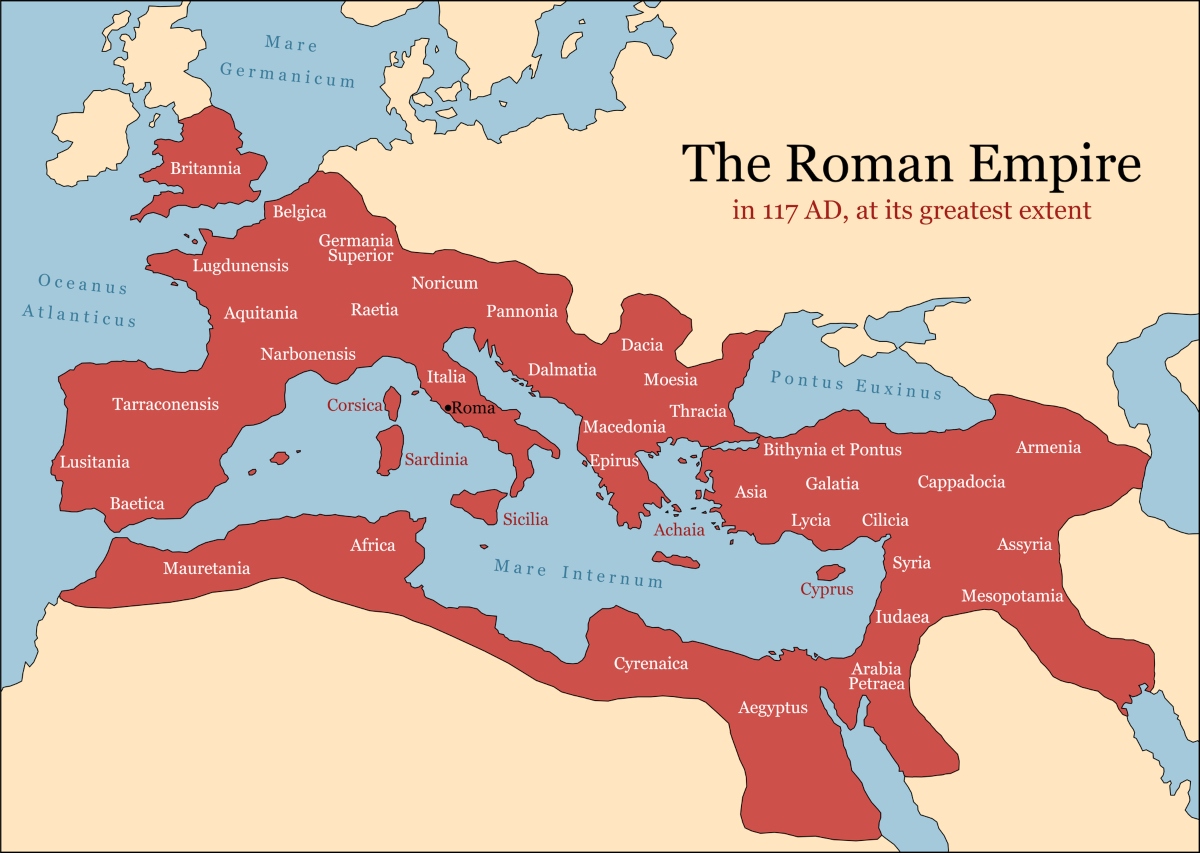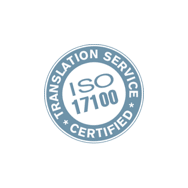What Are The Romance Languages?
The Romance Languages are one of the biggest groups of languages globally. Unlike the love languages (physical touch, acts of service, etc.), the Romance Languages are actually just a group of already widely spoken languages. They are just appreciated as being “romantic”.
But what makes or defines a Romance Language? Which languages are Romance Languages? Who speaks them? Here at Global Language Services we’re here to help you understand the Romance languages so you can take that step to learning a new, romance language.

Why are they called Romance Languages?
A common misconception is that the Romance Languages are just the most romantic spoken languages. Well, they can indeed be romantic depending on how or what’s being said, but they are not limited to being a language based purely on romance, love and words of passion.
The word “romance”is derived from the Latin word “rōmānicus” meaning Roman. With the language of Rome originally being Latin, and all Romance Languages being derived from Vulgar Latin, this is where the phrase “Romance Languages” comes from.
Where do the Romance Languages come from?
The Romance Languages are one of the most widely spoken groups of languages globally and as such, are also one of the easiest to account for historically.
As we mentioned, the Romance Languages are each derived from Vulgar Latin. Much like the word “romance” in this context, “vulgar” does not mean what you think it does. It comes from the Latin phrase “vulgus” which translates to “common people”, meaning it was part of the many Latin dialects spoken by regular people as opposed to the supposed “dead language” of Classic Latin spoken by scholars, politicians and scientists.
As the Roman Empire continued to expand across Europe, their language mixed, diluted and dominated countries such as Spain, France and Portugal – who already had their own languages and cultures. During the 5th Century the Empire began to collapse and communities closed off and evolved from one another, where dialects and languages began to differentiate from one another in both sound, spelling and meaning.
This resulted in the Romance Languages we know today.

What are the Romance Languages used today?
The Romance Languages are spoken, taught and used by millions of people everyday. There are more than two dozen Romance Languages still spoken daily (including dialects), with some of the most familiar in the group being Spanish, Italian, Portuguese and French.
All of these languages hold a National Language Status and are all widely spoken across Western Europe and South America. They are also some of the most learned languages in the world, for both non-native and native Romantic Language speakers, as they are easily understood, learned and interchangeable with the other Romance Languages.
If you are interested in learning a new language, we’ve explored the easiest or best languages to learn, the best way to learn a language and the best apps to help you learn.
How to be Romantic with the Romance Languages
Like we said, it is often a misconception that Romance Languages are strictly romantic, rather than the fact that they are derived from the Roman Empire. However we believe that this indeed comes from the way in which each language sounds to a non-native speaker, rather than what is specifically said.
So, if you’re looking to impress or simply expand your bank of language knowledge, here is one key romantic phrase (“I love you!”) from each of the languages:
Spanish: Te amo
French: Je t’aime
Italian: Ti amo
Portuguese: Amo você
Romanian: Te iubesc
How many people speak Romance Languages?
Looking at three of the most popular Romance Languages, Spanish (548 million), French (274 million) and Portuguese (257 million ) reach over 1 billion global speakers alone, meaning over one-seventh of the world’s population speak a Romance Language (source: Statista). This of course does not take into account the other romance languages or those who bi/multilingua, learners or enthusiasts.
As a group, the Romance Languages are one of the biggest and most widely spoken, so it is no shock that its native speakers amount to such a huge population.

Complete List of the Romance Languages:
The complete and comprehensive list of Romance Languages and dialects includes:
- Aragonese
- Aromanian
- Asturian
- Arpitan
- Catalan
- Corsican
- Emilian
- Extremaduran
- Fala
- French
- Cajun French
- Friulian
- Galician
- Istriot
- Italian
- Jèrriais
- Judeo-Italian
- Ladin
- Ladino
- Ligurian
- Lombard
- Minderico
- Mirandese
- Napoletano-Calabrese
- Occitan
- Picard
- Piedmontese
- Portuguese
- Romagnol
- Romanian
- Istro Romanian
- Megleno Romanian
- Romansh
- Campidanese Sardinian
- Gallurese Sardinian
- Logudorese Sardinian
- Sassarese Sardinian
- Shuadit
- Sicilian
- Spanish
- Charapa Spanish
- Venetian
- Walloon
- Zarphatic
Global Language Services offers interpreting, translating and training services to help you or your staff get the most out of a new language. Get in touch with one of our language experts now to see how we can help you learn a new language.





